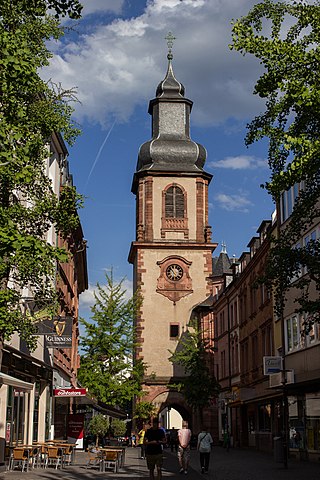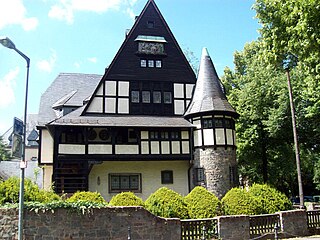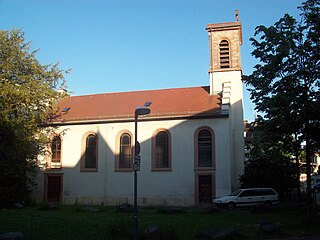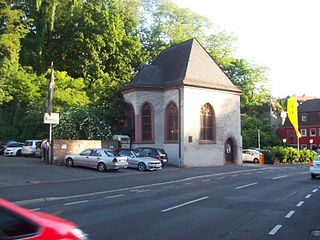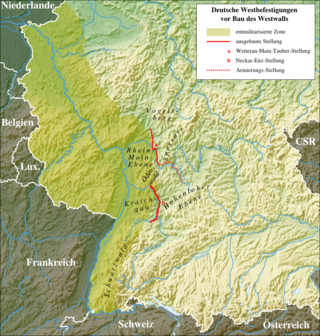8 Sights in Aschaffenburg, Germany (with Map and Images)
Legend
Welcome to your journey through the most beautiful sights in Aschaffenburg, Germany! Whether you want to discover the city's historical treasures or experience its modern highlights, you'll find everything your heart desires here. Be inspired by our selection and plan your unforgettable adventure in Aschaffenburg. Dive into the diversity of this fascinating city and discover everything it has to offer.
Sightseeing Tours in Aschaffenburg1. Schönborner Hof
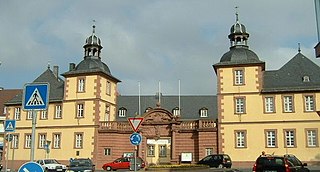
The Schönborner Hof in Aschaffenburg, a baroque building from the 17th century, now houses the Aschaffenburg Natural Science Museum with permanent exhibitions and an extensive collection of insects, as well as a representative presentation of the mineralogy and geology of the Spessart and the Aschaffenburg City and Abbey Archive.
2. Sandkirche
The Pilgrimage Church of the Visitation of the Virgin Mary, colloquially known as the Sand Church – "Ecclesia ad album Lilium – Church of the White Lily" is a votive church in Aschaffenburg and a pilgrimage church on Route 1 – West Loop, Station 9, of the Franconian Marienweg.
3. Gentilhaus
The Gentil House, also known as the Gentil House, is a museum of the city of Aschaffenburg and contains the collections of the industrialist and art collector Anton Gentil. It is located at Grünewaldstraße 20.
4. Spitalkirche St. Katharina
The hospital church of St. Katharina was built in 1848 as a hall church in Romanesque-Classicist style. Today, the Romanian Orthodox parish of Representation of Mr. Aschaffenburg celebrates its services there.
5. Nilkheimer Mainbrücke
The Nilkheim Main Bridge is a single-track railway bridge on the former Aschaffenburg–Höchst (Odenwald) railway at kilometre 3.126. The structure from 1910 spans the Main at river kilometre 89.75 in Aschaffenburg, between the districts of Nilkheim and Obernau. The bridge was not destroyed in the Second World War.
6. Sankt Katharina
The St. Katharinenspital in Aschaffenburg was built between 1604 and 1610, the chapel was consecrated in 1618, destroyed and rebuilt in the Second World War. Today it serves as the church of the Greek Orthodox parish of St. Catherine.
7. Collegiate Church of St Peter and St Alexander
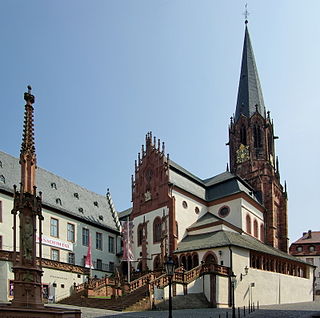
The church St. Peter und Alexander is a Catholic church located in Aschaffenburg, Bavaria, Germany. It is the town's oldest church, established in the 10th century, dedicated to Saint Peter and Saint Alexander. The main building was built as a Roman basilica, while other phases were built in the early Gothic style. The current structure is a cruciform basilica, reflecting a variety of styles including a Romanesque nave from the 12th century and a 15th-century tower.
Wikipedia: St. Peter und Alexander (Aschaffenburg) (EN), Website
8. ehem. Bunker 224
The Wetterau-Main-Tauber Position (WMTS), later also known as the Little Siegfried Line by the Western Allies, was a military bunker belt built between 1936 and 1937 between Büdingen and Klingenberg in what is now the German states of Hesse and Bavaria. The line of defence was originally to run from Laubach in the Wetterau over the Main line to Röttingen an der Tauber.
Share
How likely are you to recommend us?
Disclaimer Please be aware of your surroundings and do not enter private property. We are not liable for any damages that occur during the tours.
